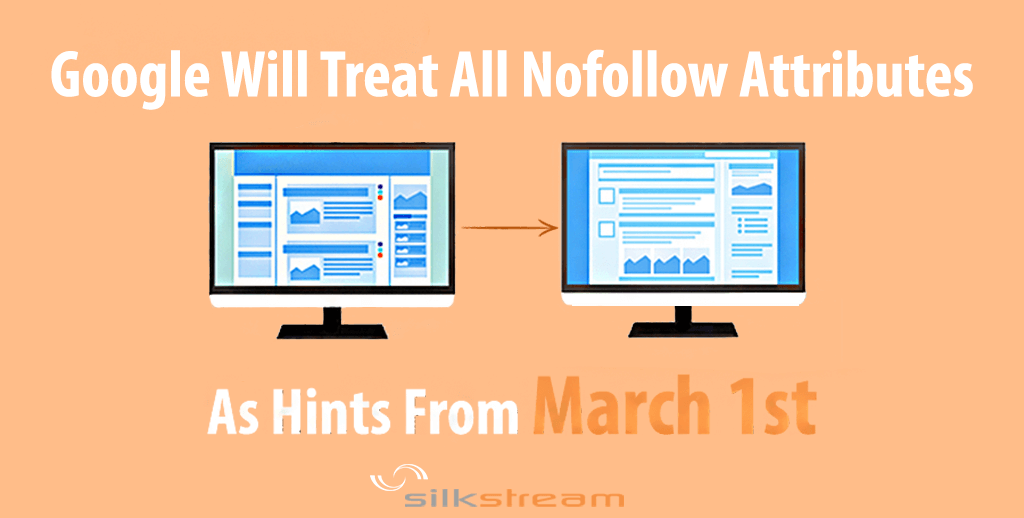
Google’s ever-changing guidelines strike again! This time, it comes in the form of Part 2 of the nofollow link attributes update introduced back in 2019. On 10th September, Google released an update that would affect how it recognises nofollow directives, as well as two additional attributes that could be used with the same effect.
The additional attributes were introduced as being rel=”sponsored”, and rel=”UGC”, with new definitions for both, as well as clarification as to what nofollow could be used for:
- rel=”sponsored” – This was designed to be used for identifying links that were for advertising or sponsorship purposes, or where compensation agreements were in place.
- rel=”UGC” – This attribute was designed for User Generated Content so that any links within this content could be recognised as being generated by users such as forum posts or comments.
- rel=”nofollow” – This should be used for links to pages where the webmaster doesn’t want to imply endorsement which includes ranking credit.
The change, however, wasn’t primarily about these new tags – instead, it was about how Google viewed them. Where the search engine would previously treat nofollow as a directive, all three of the link attributes would now be treated as hints. This means that links that were previously ignored will now be followed, and a decision will be made by Google’s crawlers as to whether the nofollow, UGC or sponsored attributes should be adhered to.
As of March 1st, this will be the case for all nofollow links, meaning that any sensitive or intentionally blocked content could still be found by Google in order to help them better understand not only a website or it’s content, but the web as a whole. Until this point, Google would ignore nofollow links for crawling or indexing purposes, but this latest change means that the pages could still be crawled.
What Should I Do?
There is currently no direct instruction from Google to make changes to attributes. In fact, there is no pressing need to change nofollow at all, providing it’s implemented correctly. These attributes are voluntary and using them or not won’t affect your site, but you will need to consider using different directives to block sensitive content or maintain some control. Some webmasters, however, might actually benefit from making the change. Those who could benefit include:
- Anyone wanting to help Google better understand their website – By using these attributes, bigger sites or those with a lot of links can better direct Google as to what each link is for and where it came from.
- Sites that previously used nofollow to control Google – If you have a lot of pages or link-heavy, complicated navigation, being able to use these attributes to direct Google through your website can help to save your crawl budget and distribute it where needed.
- Websites that post paid content – If you accept paid or sponsored content from users, these attributes can provide better context for Google to know which links are sponsored, which are user-generated and which are legitimate links. This is also helpful if you have a busy comments section or accept user-generated content regularly.
Whether Google’s approach to these attributes will change in the future has yet to be seen and for that reason alone, there’s no harm in adopting them for future links across the website. It can provide better context, give Google a clearer idea of what your website is doing and help to adjust the rankings accordingly and so taking out the time to make a few quick changes could be more than worth it.
To find out more about the latest changes, or for advice on getting your site ready for the next Google updates, get in touch with the team here at Silkstream.

